
The highlight of LIMEVERSE is the special insulation material developed by Leoni’s engineers. This increasingly uses bio-based materials based on sustainable and/or renewable raw materials instead of crude oil, verifiable using biocarbon in the ASTM D6866 standard test method. In addition, there are mass-balanced plastics, in whose synthesis in the reactors of the chemical industry the need for petroleum-based raw materials could be additionally reduced by bio-based raw materials.
The result is a significantly lower CO2 footprint of around 50 percent compared to conventional vehicle and charging cables – depending on the type of cable. From single-core vehicle cables to multi-core sensor cables, coaxial and data transmission cables to charging cables and extruded flat cables: LIMEVERSE covers all applications. In addition to PVC compounds, the product line also includes polypropylene (PP) and TPE-U. This means that temperatures of up to 125 °C are no problem.
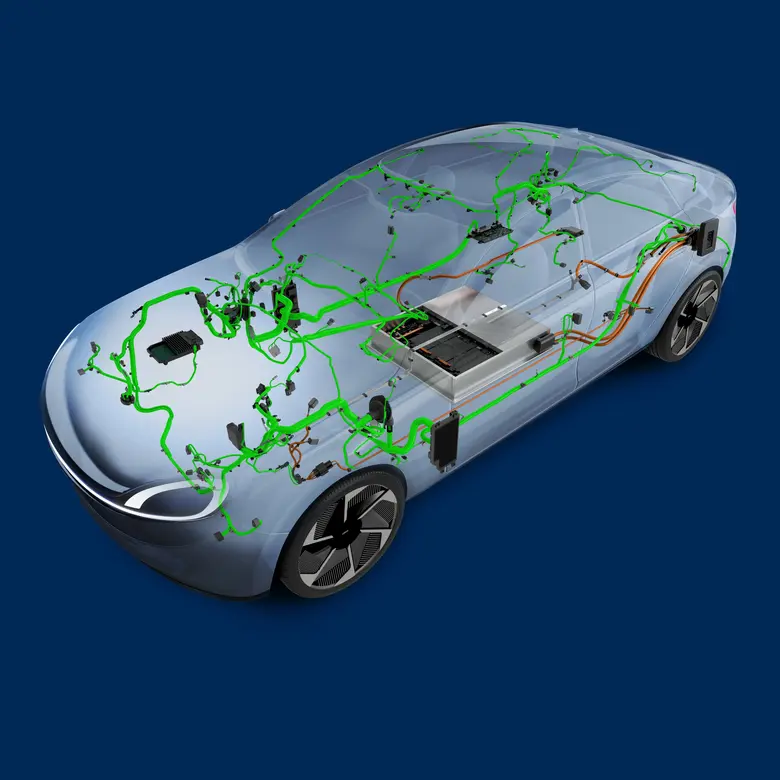
The stable LIMEVERSE cables fulfill the high electrical, mechanical and thermal quality requirements and specifications of the automotive industry unchanged and without compromise. They can be used by customers as the green nervous system of the car without complex interventions in existing production processes. They thus make a direct contribution to reducing the CO2 footprint of the entire vehicle.
LEONI LIMEVERSE cables with bio-based and mass-balanced insulation materials conserve fossil raw materials and reduce the CO2 footprint by up to half. LIMEVERSE covers the entire cable portfolio within Leoni’s universe, from single-core automotive cables, data cables, sensor cables or flat cables to EVC charging cables without compromising on thermal and mechanical stability or electrical properties.

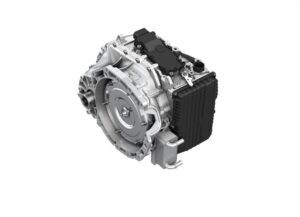


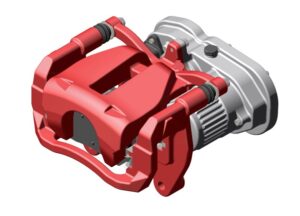
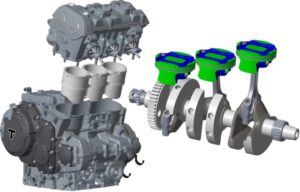


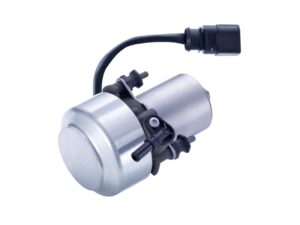



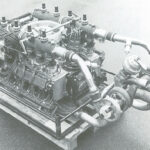


plants consume carbon dioxide.
satellite data shows, we are experiencing an incredible growth period of ‘greening’ on earth’s surface.
due, to the excess carbon dioxide.all verified by data and science.
so then naturally when there are more plants consuming carbon dioxide…
they produce more oxygen.
most children know this, since elementary school.
reduction of oil usage is great. but always writing up narratives to villify
carbon dioxide as some great specter that needs to be ‘fought’ is disengenuous.
so im sure these procedures to reduce ‘the c02 footprint’ will definitely turn off all the undersea volcanoes.
lol